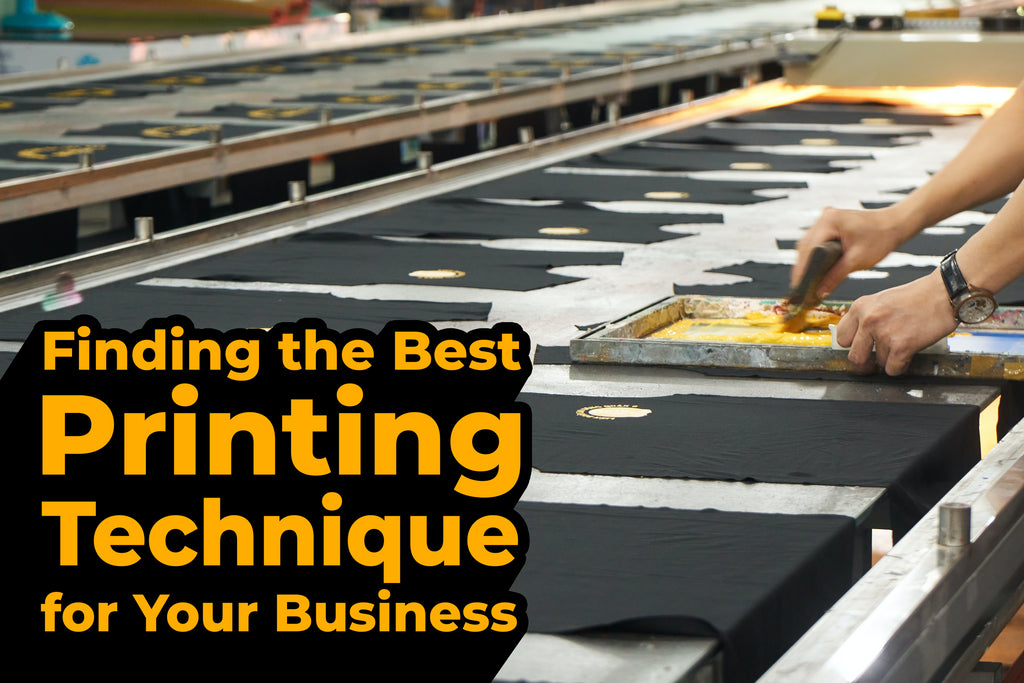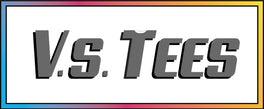Finding the Best Printing Technique for Your Business
Posted by ARTEMIO NERVEZ JR

When it comes to finding the best printing technique for your business, the choice often comes down to two popular methods: sublimation and screen printing. Each has its unique advantages and applications, making them suitable for different types of projects. Understanding the key differences between these methods can help you make an informed decision that aligns with your business needs.
Sublimation Printing

- Process and Materials: Sublimation printing, also known as heat transfer printing, embeds the design into the fabric using heat and ink. This method requires specific materials like a heat press, sublimation ink, transfer paper, and polyester-based substrates.
- Advantages: The main strengths of sublimation printing include vibrant colors, durability, and versatility across multiple materials. It's particularly effective for complex designs with fine details and allows for unlimited color use and smooth blending.
- Limitations: Sublimation is primarily effective on polyester-based materials and requires expensive machinery. It's not suitable for natural fibers like cotton or fabrics with low polyester content.
- Applications: Commonly used for apparel, home décor, and promotional materials, sublimation is excellent for producing high-quality, detailed images on products like t-shirts, mugs, and cushions.
- Eco-Friendliness: Sublimation is considered more environmentally friendly, using water-based inks and producing minimal waste. However, it requires more energy, and there are concerns about VOC emissions from the inks.
Screen Printing

- Process and Materials: Screen printing involves transferring ink to a substrate using a mesh screen. This method is versatile, allowing printing on various fabrics, including cotton, polyester, nylon, and even rigid surfaces like wood or metal.
- Advantages: Screen printing is economical for large quantities, offers vibrant and sharp prints, and is suitable for multiple materials. It allows for specialty inks and techniques, such as metallic, glow-in-the-dark, or raised textures.
- Limitations: The method can be time-consuming, especially for multicolor designs, as each color requires a separate screen. It may not capture the same level of detail as sublimation and is less suitable for complex or photorealistic images.
- Applications: Ideal for apparel, signage, and artwork, screen printing is great for producing bold, solid designs with limited color variations.
- Eco-Friendliness: Screen printing can be less eco-friendly due to higher water usage and the potential use of hazardous chemicals. However, adopting eco-friendly inks and recycling screens can mitigate environmental impact.
Choosing the Right Method
The decision between sublimation and screen printing depends on several factors:
- Fabric Type: Sublimation is ideal for polyester fabrics, while screen printing works well on a broader range of materials.
- Design Complexity: Sublimation suits intricate, multicolored designs, whereas screen printing is better for simpler, bold graphics.
- Color Requirements: Sublimation offers unlimited color options and smooth transitions, while screen printing is limited in color variation.
- Production Volume and Budget: Screen printing is more cost-effective for large quantities, but sublimation is better for small to medium runs or custom prints.
In conclusion, both sublimation and screen printing have their place in the printing world. Your choice will depend on the specific needs of your project, including the type of materials you're printing on, the complexity and color requirements of your designs, and the scale of your production. By considering these factors, you can select the printing method that best suits your business goals.
In the realm of printing, both sublimation and screen printing find their respective niches at VS Tees. The decision between the two methods hinges on the unique requirements of your project. Factors such as the materials being printed on, the intricacy and color demands of your designs, and the scale of production all play pivotal roles. By carefully weighing these considerations, you can determine the printing method that aligns most effectively with your business objectives.





